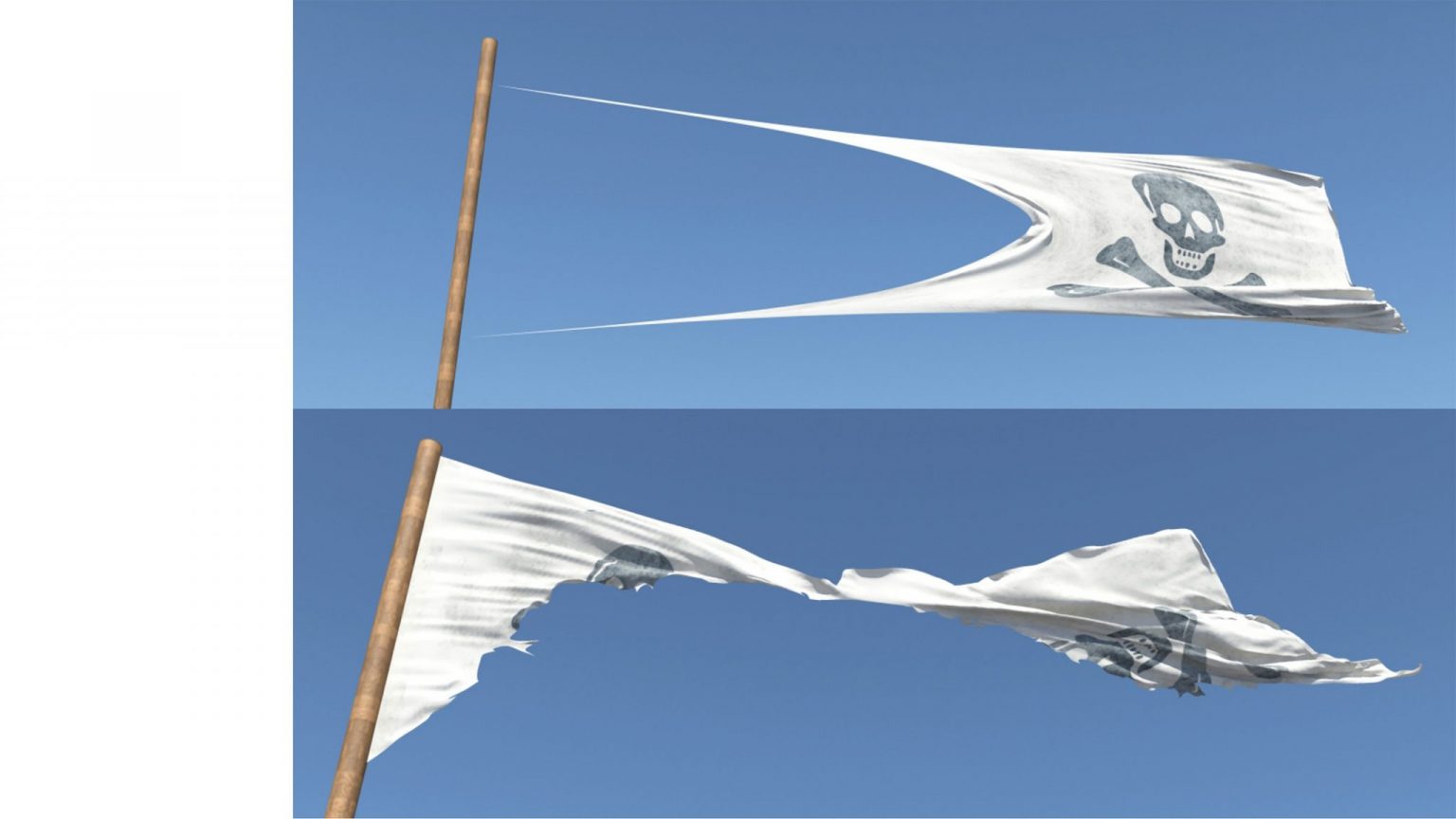Physics-based Animation

Project Summary
The simulation of real world phenomena is an important topic in computer graphics with many applications such as virtual surgery, games and production movies. While research in this area has achieved stunning results, the animations usually require a lot of tuning and take hours or even days of computation time. Furthermore, the interaction between (different) materials and the simulation of phase transition, such as melting and freezing, are highly complex. Thus, a physics model is required that can handle materials ranging from stiff elastic, elasto-plastic and viscoelastic objects, to fluids. This model must also support interaction and contact handling of different objects, and fracturing of material. Furthermore, interactive virtual simulations require fast and stable algorithms. While realism is one important aspect, the use of a simulation is often also determined by the ability to efficiently control the animation. In many cases, accurate physical behavior is not even desired, e.g., when animating a “fluid character”, as long as the characteristic properties of the material are conveyed in a plausible manner. Thus, techniques are developed that enable high-level control, while the simulation takes care of fine-scale detail. For high quality animations, a high resolution surface needs to be embedded into the physics domain. To cope with the aforementioned effects, a surface model has to deal with topological changes, while it enables modeling of geometrically detailed surfaces with sharp features.
Projective Dynamics
We developed a new method for implicit time integration of physical systems. This approach builds a bridge between nodal Finite Element methods and Position Based Dynamics, leading to a simple, efficient, robust, yet accurate solver that supports many different types of constraints. We proposed specially designed energy potentials that can be solved efficiently using an alternating optimization approach. Inspired by continuum mechanics, we derived a set of continuum- based potentials that can be efficiently incorporated within our solver.
Fluids
We presented a novel adaptive sampling algorithms for particle-based fluid simulation. This novel adaptive sampling and surface reconstruction algorithms lead to significant improvements in time and memory as compared to single resolution particle simulations, without significantly affecting the fluid flow behavior.
While realism is an important aspect for physically based animations, the practical use of fluid simulations for animation is also determined by the ability to efficiently control the behavior of the fluid. In general, animators prefer to have uncontrolled physical simulations only where absolutely necessary. Since fluid motion is typically very hard to predict, it is difficult to achieve a specific fluid behavior only by changing the corresponding global parameters. We proposed a new fluid control technique that uses scale-dependent force control to pre- serve small-scale fluid detail.
Fracturing
We presented a new meshless animation framework for elastic and plastic materials that fracture. Central to this method is a highly dynamic surface and volume sampling method that supports arbitrary crack initiation, propagation, and termination, while avoiding many of the stability problems of traditional mesh-based techniques.
Publications
Please note that the publication lists from Infoscience integrated into the EPFL website, lab or people pages are frozen following the launch of the new version of platform. The owners of these pages are invited to recreate their publication list from Infoscience. For any assistance, please consult the Infoscience help or contact support.
Please note that the publication lists from Infoscience integrated into the EPFL website, lab or people pages are frozen following the launch of the new version of platform. The owners of these pages are invited to recreate their publication list from Infoscience. For any assistance, please consult the Infoscience help or contact support.
Please note that the publication lists from Infoscience integrated into the EPFL website, lab or people pages are frozen following the launch of the new version of platform. The owners of these pages are invited to recreate their publication list from Infoscience. For any assistance, please consult the Infoscience help or contact support.
Physics-based Reconstruction and Animation of Humans
Lausanne, EPFL, 2017.Please note that the publication lists from Infoscience integrated into the EPFL website, lab or people pages are frozen following the launch of the new version of platform. The owners of these pages are invited to recreate their publication list from Infoscience. For any assistance, please consult the Infoscience help or contact support.
Please note that the publication lists from Infoscience integrated into the EPFL website, lab or people pages are frozen following the launch of the new version of platform. The owners of these pages are invited to recreate their publication list from Infoscience. For any assistance, please consult the Infoscience help or contact support.
Please note that the publication lists from Infoscience integrated into the EPFL website, lab or people pages are frozen following the launch of the new version of platform. The owners of these pages are invited to recreate their publication list from Infoscience. For any assistance, please consult the Infoscience help or contact support.
Please note that the publication lists from Infoscience integrated into the EPFL website, lab or people pages are frozen following the launch of the new version of platform. The owners of these pages are invited to recreate their publication list from Infoscience. For any assistance, please consult the Infoscience help or contact support.
Please note that the publication lists from Infoscience integrated into the EPFL website, lab or people pages are frozen following the launch of the new version of platform. The owners of these pages are invited to recreate their publication list from Infoscience. For any assistance, please consult the Infoscience help or contact support.






